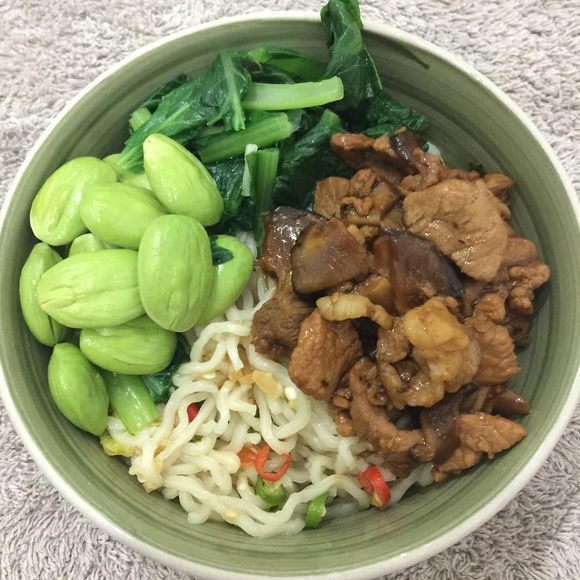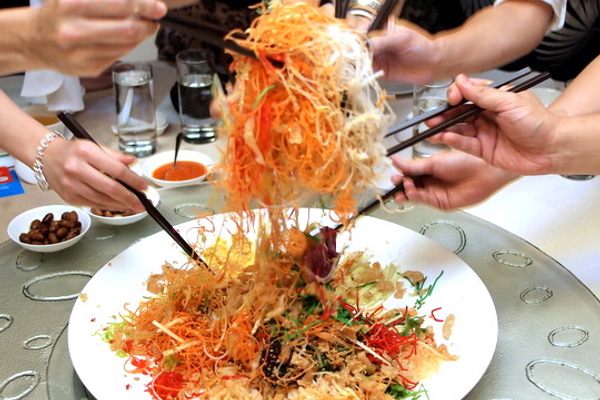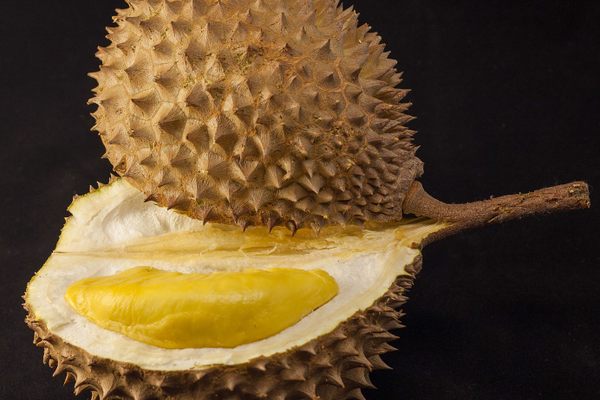Ingredients & Condiments
Stink Beans
These Southeast Asian legumes are famed for their lasting funk and deliciously nutty flavor.
People throughout Southeast Asia follow their noses through markets in search of the pungent yet prized petai, delightfully described as “stink beans” by English speakers. The bunches hang like electric-green beaded ribbons from street stalls, the younger petai curling into tendrils while the more mature beans flatten the pods out into long, wide strips. Young or old, one part of the petai experience remains the same: These odiferous beans follow you from tree to pee.
On their own, the beans have been described as having a skunky or gaseous, methane-like aroma. Often compared to the much-studied asparagus effect, petai have healthy amino acids that also transform eaters’ eliminations into pungent experiments. Many diners describe their urine’s aroma as sulfuric, like rotten eggs. But while the beans are odiferous in many ways, they are also deliciously nutty, versatile, and nutritious. The young beans can be eaten raw, roasted, or fried, but often end up peeled and pickled as the sweet and sour topper petai jeruk. The more mature beans get paired with other strong flavors such as shrimp paste, chilis, garlic, and curry paste to make sambal petai, a spicy and robustly red dish bejeweled with the odiferous green orbs.
In other words, while petai may not be a first date food, making a stink about the benefits of these beans will probably leave you the happier and healthier for it.
Where to Try It
-
Betong Wet Market
95110 Betong, Betong District, 95110, ThailandWith aisles of fresh local produce, this market is opens and closes early. Hours are 6:00 am to 12:00 pm.
Written By
 Leigh ChavezBush
Leigh ChavezBush
Sources
- www.smallkucing.com/2012/08/petai-jeruk-pickled-stnky-beans-recipe.html
- www.friedchillies.com/articles/detail/my-amahs-sambal-udang-petai
- migrationology.com/the-stink-bean-a-little-smelly-a-lot-of-flavor/
- www.bl.uk/onlinegallery/onlineex/spicetrail/petai/index.html
- www.smithsonianmag.com/science-nature/why-asparagus-makes-your-urine-smell-49961252/
















